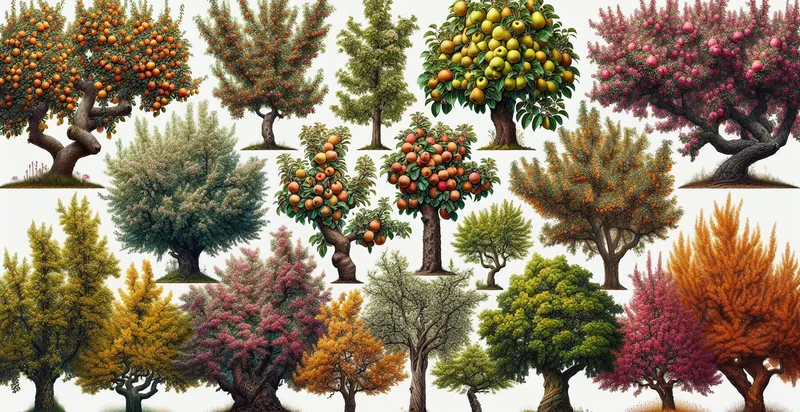Identify apricot tree species
using AI
Below is a free classifier to identify apricot tree species. Just upload your image, and our AI will predict what species of apricot tree it is - in just seconds.

Contact us for API access
Or, use Nyckel to build highly-accurate custom classifiers in just minutes. No PhD required.
Get started
import nyckel
credentials = nyckel.Credentials("YOUR_CLIENT_ID", "YOUR_CLIENT_SECRET")
nyckel.invoke("apricot-tree-species", "your_image_url", credentials)
fetch('https://www.nyckel.com/v1/functions/apricot-tree-species/invoke', {
method: 'POST',
headers: {
'Authorization': 'Bearer ' + 'YOUR_BEARER_TOKEN',
'Content-Type': 'application/json',
},
body: JSON.stringify(
{"data": "your_image_url"}
)
})
.then(response => response.json())
.then(data => console.log(data));
curl -X POST \
-H "Content-Type: application/json" \
-H "Authorization: Bearer YOUR_BEARER_TOKEN" \
-d '{"data": "your_image_url"}' \
https://www.nyckel.com/v1/functions/apricot-tree-species/invoke
How this classifier works
To start, upload your image. Our AI tool will then predict what species of apricot tree it is.
This pretrained image model uses a Nyckel-created dataset and has 16 labels, including Apache Apricot, Blenheim Apricot, Brogdon Apricot, Burgundy Apricot, Early Golden Apricot, Goldrich Apricot, Harcot Apricot, Hungarian Apricot, Katy Apricot and Moniqui Apricot.
We'll also show a confidence score (the higher the number, the more confident the AI model is around what species of apricot tree it is).
Whether you're just curious or building apricot tree species detection into your application, we hope our classifier proves helpful.
Related Classifiers
Need to identify apricot tree species at scale?
Get API or Zapier access to this classifier for free. It's perfect for:
- Agricultural Research: This function can be employed by researchers studying the genetic diversity of apricot tree species. By accurately classifying tree species, scientists can better understand their growth patterns and resilience to environmental changes.
- Crop Management: Farmers can use this false image classification function to identify and differentiate between apricot tree species, optimizing their crop management practices. Accurate species identification can lead to customized care strategies, improving yield and reducing costs.
- Biodiversity Conservation: Conservation organizations can deploy this function to monitor apricot tree populations in various habitats. By identifying species, they can assess ecosystem health and implement suitable conservation strategies to protect endangered species.
- Supply Chain Transparency: Producers and distributors of apricot products can use this identifier to ensure that the apricot products comply with species-specific regulations. This enhances transparency in the supply chain, ensuring consumers receive accurate information about the origin of their products.
- Educational Tools: Educational institutions can integrate this classification function into their botany and horticulture curriculum. It can serve as an interactive tool that helps students learn about different apricot tree species and their characteristics.
- Nursery Stock Verification: Nurseries can utilize this tool to verify the species of apricot trees they are cultivating or selling. This enhances customer trust by ensuring that what they offer matches their description and helps avoid mislabeling issues.
- Flavor Profiling for Food Industry: The food industry can leverage this function to classify apricot species used in product development, leading to a better understanding of flavor profiles. By knowing the specific species, companies can create tailored apricot-based products that appeal to consumers’ taste preferences.


